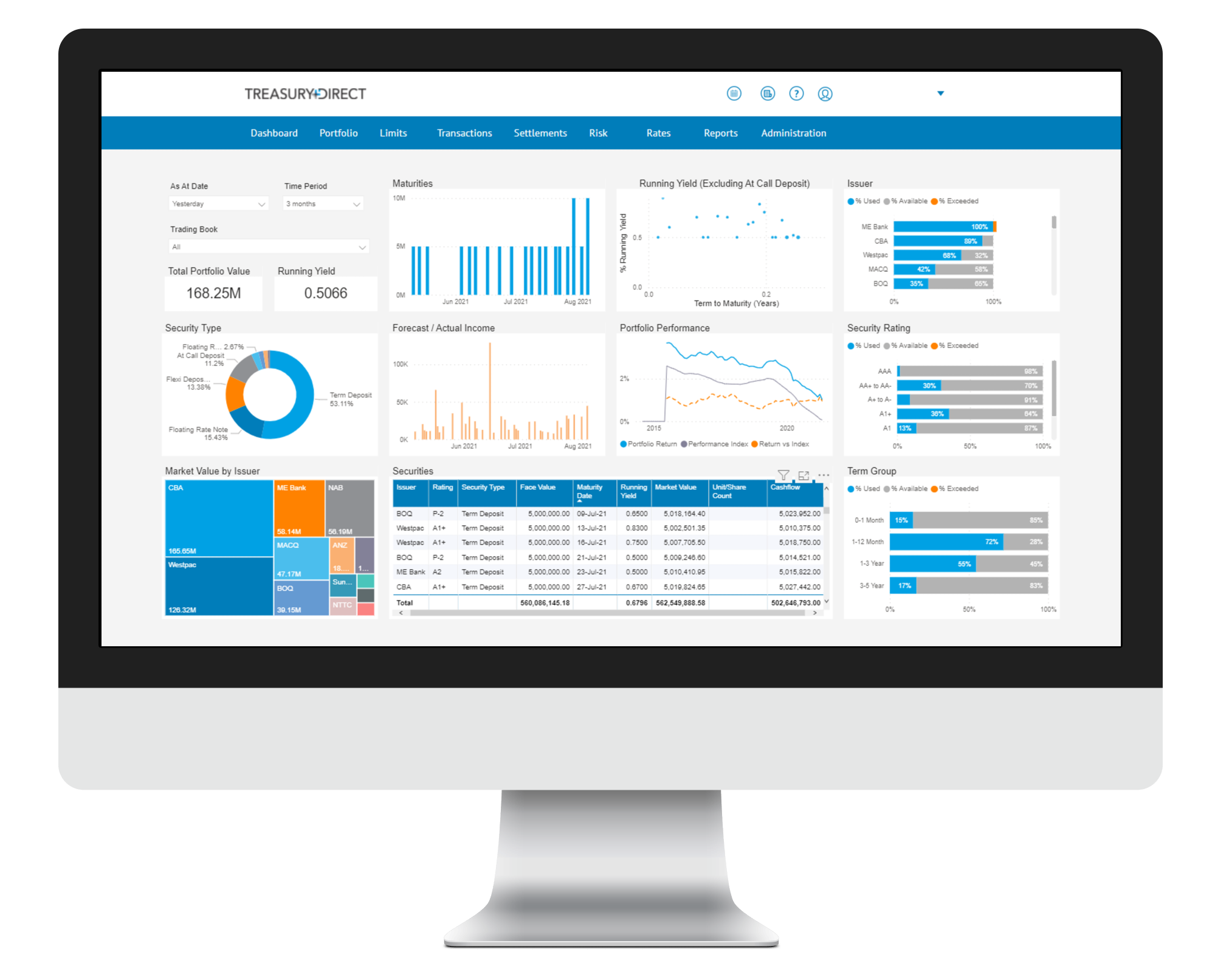Markets Overview
- ASX SPI 200 futures up 0.8% to 7,397.00
- Dow Average down 0.9% to 37,965.60
- Aussie down 0.9% to 0.5985 per US$
- US 10-year yield rose 19.3bps to 4.1873%
- Australia 3-year bond yield fell 15 bps to 3.28%
- Australia 10-year bond yield fell 12 bps to 4.10%
- Gold spot down 1.8% to $2,982.09
- Brent futures down 1.8% to $64.40/bbl
Economic Events
- 10:30: (AU) April Westpac Consumer Conf SA MoM, prior 4.0%
- 10:30: (AU) April Westpac Consumer Conf Index, prior 95.9
- 11:00: (AU) Australia to Sell A$400 Million 4.25% 2034 Bonds
- 11:30: (AU) March NAB Business Conditions, prior 4
- 11:30: (AU) March NAB Business Confidence, prior -1
Asian markets face heightened volatility on Tuesday after stocks, bonds and commodities were whipsawed by fears that President Donald Trump’s trade war is risking global economic growth. US futures rose in early trading.
Futures pointed to a rebound in Japan stocks, gains in Australia and further losses in Hong Kong and mainland China. A gauge of US-listed Chinese shares fell more than 5% after Trump threatened to slap additional 50% tariffs on China. S&P 500 contracts climbed 0.7% after the index neared a bear market on Monday before finishing slightly down. Treasuries weakened in a volatile session, while the dollar gained.
Fears of an economic downturn led to sharp swings in US markets as investors absorbed further tariff news. Trump said he wasn’t considering a pause on his plan to implement additional tariffs on dozens of countries despite outreach from trading partners eager to avoid the levies, while still signaling he could be open to some negotiations. Meanwhile, Treasury Secretary Scott Bessent said that perhaps almost 70 countries now have approached the US to negotiate.
“For now, it looks like news out of Washington will continue to drive the market’s swings, one way or the other,” said Chris Larkin at E*Trade from Morgan Stanley. “Some of the market’s notable lows over the past few decades have been preceded by similar levels of volatility, although it’s always impossible to know when prices will eventually find their bottom.”
In the bond market, Treasuries fell, erasing a portion of their biggest weekly advance since August. The yield on the 10-year rose 19 basis points as investors liquidated profitable trades to cover equity losses.
“We are in this environment where a little bit of good news has a disproportional environment on asset prices,” said Ian Pollick, head of fixed income, commodities and currency strategy at CIBC. “We saw some potential rebalancing of the markets today, with the equity market starting to improve, and it had the first impact on displacing bonds.”
Traders’ bets on how much the Federal Reserve will lower interest rates this year fluctuated between three and five quarter-point cuts. Four reductions are now reflected in overnight interest-rate swaps this year, with the first fully priced in for June. A May reduction is seen as a coin toss.
In Asia, Chinese shares plunged on Monday while sovereign yields neared an all-time low as investors braced themselves for the fall-out from a spiraling trade conflict between the world’s two largest economies. China’s retaliation against Trump’s sweeping tariffs is forcing investors to confront the reality that a much-feared trade conflict has entered a new phase.
Hong Kong’s benchmark Hang Seng Index plunged 13%, the most since 1997, with the session concluding with the highest equity turnover ever.
Meanwhile, Trump has assigned two members of his cabinet to kick off bilateral trade talks with Japan after a call with Prime Minister Shigeru Ishiba on Monday. Japan was slapped with a 24% across-the-board reciprocal tariff scheduled to begin Wednesday, in addition to a 25% auto duty.
“I expressed my strong concern that the tariff measures would reduce the investment capacity of Japanese companies,” Ishiba told reporters in Tokyo after his call with Trump. “I believe that Japan can overcome this situation, which is akin to a national crisis.”

